Tips for Testing the Soil of Your Container Garden
58. Use a pH Meter
Acid-loving plants like blueberries, azaleas, and gardenias prefer a pH lower than 6. Alkaline lovers like clematis, crocus, and geraniums need a pH above 7.5.
59. Amend Soil pH
Add aluminum sulfate to lower the pH and lime to raise the pH. Here’s how to change soil pH.
60. Do a Soil Test
Avoid testing when it’s wet or recently fertilized.
61. Check the Temperature
Use a meat thermometer to ensure the soil temperature is at least 60°F, which is ideal for all plants.
Tips for Fertilizing Container Plants
62. Feed at the Right Time
Depending on the plant and its fertilization needs, add fertilizer at an adequate time. It can be during planting, in the middle of the growing period, fruiting, or depending on the season and growth. You know it’s time to fertilize when you notice abnormal and widespread yellowing of the leaves and slow growth.
63. Supplement Monthly
Watering container plants flushes out soil nutrients, so it’s a great idea to add small amounts of liquid feed intermittently, usually once every 3-4 weeks.
64. Adjust Dosage Accordingly
Fruit vegetables need more fertilizer than ornamental foliage plants. Using organic fertilizer is critical when you’re growing edibles. Most vegetables and herbs can grow productively with one-third of compost or aged manure at planting and another application during mid-growth.
65. Water Soluble Fertilizer vs. Slow Release Fertilizer
Slow-release fertilizers are easier to use, but the former is cheaper and gives you more control, especially when dealing with picky plants.
66. Remember Fertilizer Numbers
If you’re ever confused about your plants’ fertilizer numbers and NPK ratio, use any balanced fertilizer with numbers like 10-10-10 or 20-20-20.
67. Bloom Booster is a Myth
Plants need a balanced diet to produce blooms. Hence, bloom boosters loaded with phosphorous are of no help unless your soil is phosphorus deficient. Plants will only use as much phosphorus as they need. This University of Massachusetts Amherst text will help.
68. Under-fertilizing is Better than Over-Fertilizing
Fertilizer diluted to half its strength works best for herbs and other plants with low fertilizer requirements. When using a slow-release fertilizer, follow the instructions on the label but reduce the dose.
Tips to Keep Your Container Garden Alive in Summer
69. Water Regularly
In summer, water regularly but slowly and deeply. If your summers are hot and windy, always moisten the growing medium.
70. Layer with Mulch
A layer of mulch on the topsoil enhances the retentive quality of the soil, thereby compensating for the water lost through evaporation. Use organic mulch like leaves, bark, or wood chips. Inorganic ones will absorb heat.
71. Move Your Containers Indoors
If summers are particularly hot where you live, it’s better to transport your containers indoors. Likewise for winters!
72. Use Sealant for your Pots
If you live in an arid climate, applying a sealant to the inside walls reduces water loss through evaporation, helping plants withstand the hot, dry weather.
73. Fertilize at the Start of the Month
A balanced fertilizer given at the first week of the season strengthens your plants’ ability to withstand the rigors of summer. Fertilizing late will only do damage, especially in hot climates.
74. Eliminate Dead Blooms
Deadheading or removing old blooms triggers the development of flowers and new growth. Prune species like geraniums and shear back one-third of the plants for smaller annuals like alyssum.
75. Clean Up
Toss dead annuals into your compost pit and clean your containers. Sowing leftover roses and perennials in the garden bed can be seen as a final attempt at saving them.
76. Choose Heat-Resistant Varieties
Tough varieties like lantana, angelonia, pentas, mandevilla, and salvia don’t mind the heat much and provide color throughout the fall.
Tips for Controlling Pests in your Container Garden
77. Start with Clean Plantings
Use high-quality transplants, seeds, and potting soil from a reputed nursery to ensure that your container garden remains free from pests and diseases from the beginning.
78. Clean the Foliage
Clean the leaves of container plants, often using a soft cloth and a mild dish soap or milk in water. Dirt on leaves affects photosynthesis, and doing this will also prevent fungal infections.
79. Don’t Reuse Contaminated Soil
Using fresh soil for potting helps eliminate pest infestations.
80. Isolate Infected Plants
Infected plants serve as easy launchpads for pests to contaminate healthy plants nearby. Keep them isolated!
81. Plant Insectary Plants
Cilantro, thyme, oregano, dill, and marigold attract bugs that combat regular garden pests like mites, spider mites, and aphids.
Tips for Designing Your Container Garden
82. Blend Multiple Textures
The thriller-filler-spiller combination works best. Use a tall, bright plant as a thriller, a bushy plant as filler, and a cascading plant as your spiller.
83. Foliage & Flower Power
For an impactful, multi-layered look, use varieties that form an interesting contrast with their leaf and flower color.
84. Less is More
Don’t go overboard with colors. Two-toned blooms create far more impact than multi-colored blooms at times. Plant purple and white petunias or pair up white verbenas with blue lobelias.
85. Group Plants
Don’t plant sun-lovers and shade-lovers in the same pot. Read the labels carefully to understand their light requirements. Top sun-loving annuals are verbena, geraniums, petunias, and calibrachoa. Shade-loving annuals are begonia, Torenia, impatiens, and caladium. Herbs and vegetables require full sun.
86. Contrast Light ‘n’ Color
For shaded areas, use varieties with deep-colored foliage and/or purple or white flowers, and for sunny patios, choose plants with colorful blossoms, preferably in yellow or red.
87. Complement Your Landscape
Incorporate surrounding colors in your container garden design. You can use peach calibrachoa to echo the color of the wall fence. White verbenas can mimic the elegance of your French windows, and purple petunias could contrast with the variegation of the surrounding grass.
88. Grow Fragrant Plants
Incorporating fragrance in your container garden will intoxicate your senses on multiple levels. Alyssums, lavender, jasmine, mint, rosemary, hyacinths, and plumeria are good options.
89. Make Use of Contrasts
Grow light and dark, as well as cool and warm varieties, together to create a stunning show. For example, yellow and purple violas. Pay attention to the plant size; you don’t want one to outcompete the other.
90. Stick to One Color
Go monochromatic by creating a focal point with a single colorful plant. Accentuate it with different shades on the periphery. Let lighter colors surround a dark center. They’ll reflect light, giving the illusion of space and contrast.
91. Welcome Planter Diversity
Group tall, short, round, square, thick, and thin planters for a whimsical arrangement that speaks for itself.
92. Invite Pollinators
Bidens, bee balm, marigolds, cosmos, sunflowers, Alyssum, and lavender attract bees, butterflies, and hummingbirds to your container garden. Here are the best pollinators to have a productive garden.
Fruit Container Gardening Tips
93. Choosing a Pot
Get a big enough pot for growing fruit trees. You can select a pot one or two sizes bigger than the plant’s rootball and then transplant it into a bigger pot once the plant becomes root-bound.
94. Plan
Since many fruit trees can grow big and some have thorns, plan out where and how you will plant that tree before buying one.
95. Buy From the Nursery
Never grow fruit trees from seeds. They take a lot of time to grow big and fruit, and sometimes, they don’t even fruit. Always buy a healthy grafted tree from a reputable plant nursery to save time and effort.
96. Choose the Right Types of Fruits
Be sure to select the fruit trees according to your zone and planting conditions.
Container Vegetable Gardening Tips
97. Use the Vertical Space
When growing vegetables in containers, use both floor and vertical space. Grow herbs, cherry tomatoes, dwarf chilies, lettuce, and strawberries in hanging baskets. Install railing planters for your balcony and deck.
98. Grow Vegetables from Transplants
If you’re growing vegetables for the first time, buy young herbs and vegetable plants from your nearby garden center instead of sowing seeds.
99. Size of the Pot
Large vegetables like eggplant, tomatoes, cucumbers, and cabbage require at least 5-gallon pots 10-12 inches deep. Grow small root vegetables like radishes, carrots, beets, ginger, and leafy greens like lettuce, spinach, bok choy, and other Asian greens grow best in wide but shallow planters.
100. Maintain the Spacing
In containers, too, maintain proper spacing. Check out the seed packets for instructions and search the web to thin out the seedlings correctly.



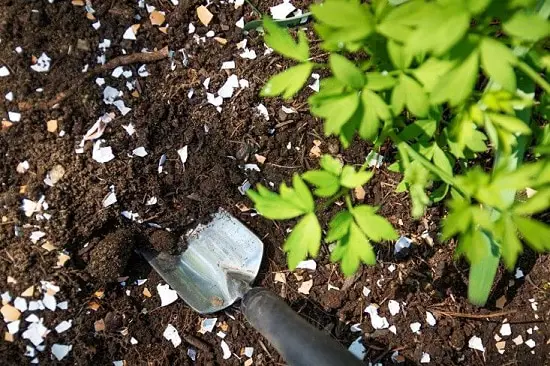
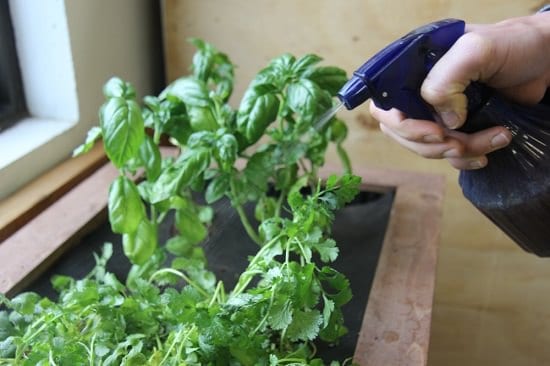

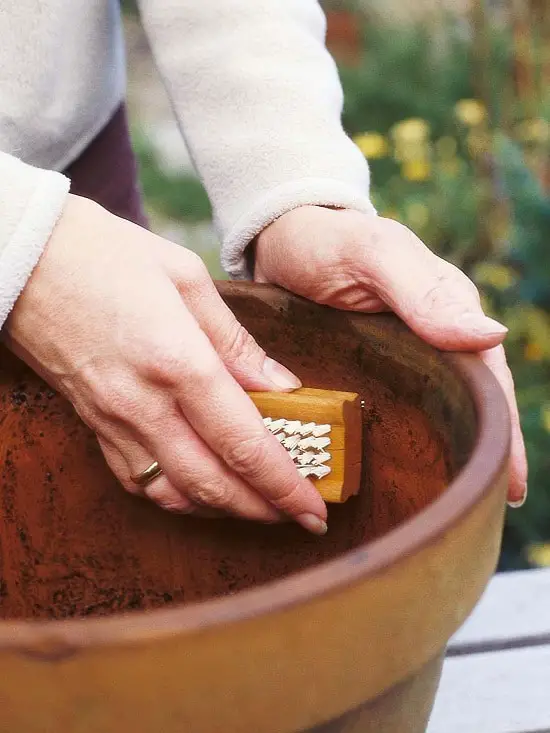


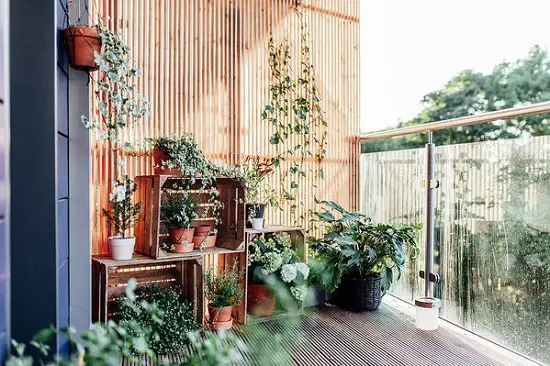
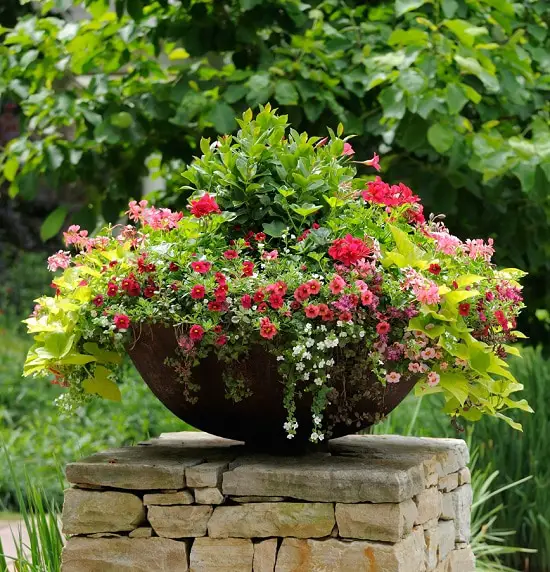


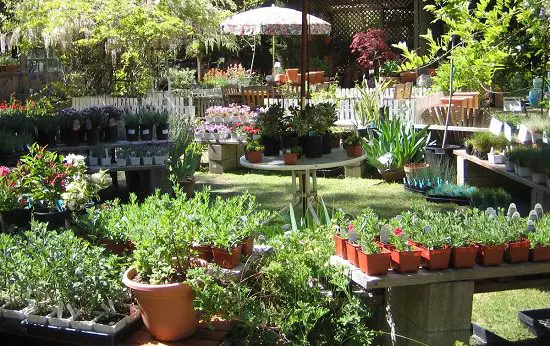

I like to put a layer of pea gravel in the bottom and then cover it with landscape fabric and then put the soil in head helps drainage